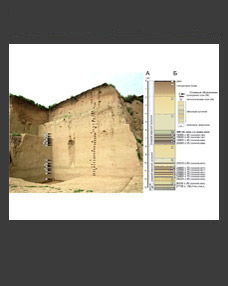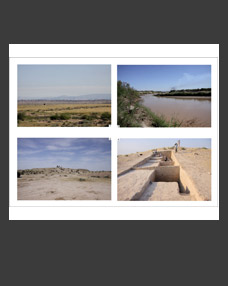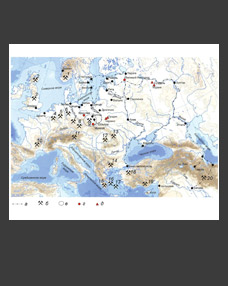Dmitry S. Korobov1,*, Aleksandr V. Borisov2,**
1Institute of Archaeology RAS, Moscow, Russia
2Institute of Physical, Chemical and Biological Problems of Soil Science RAS, Pushchino, Russia
*E-mail: dkorobov@mail.ru
**E-mail: a.v.borisovv@gmail.com
Keywords: landscape archaeology, off-site archaeology, the Early Middle Ages, the North Caucasus, geostatistical analysis, archaeological soil science.
Studying off-sites related to settlements of different periods and cultures (off-site archaeology) has become quite common practice in foreign (mainly British and Dutch) archaeology since the 1980s. The approaches and methods used were adapted and developed by the authors during the long-term study of traces of agricultural activities in the Kislovodsk Basin. The present paper discusses the development of this research at a more detailed level. New results on modeling the active zones of ancient and medieval agriculture were obtained during a systematic survey of the surroundings of the early medieval fortification Podkumskoye 3, where 99 soil sections were made following the regular network at 50 m intervals. The geostatistical analysis of the distribution of various agricultural development indicators across the territory (pottery finds, analysis of urease activity, phosphate content, abundance of thermophilic microorganisms, and magnetic susceptibility) revealed zones differing in the intensity of agricultural development in the Koban and Alan periods. The comprehensive study at the off-sites of the multi-period settlements of the Kislovodsk Basin conducted by the research team has no analogues in Russian and foreign landscape archaeology in terms of its detail and can be considered a new direction in studying of agricultural periphery during prehistory and the Middle Ages.
DOI: 10.31857/S086960630008885-2







